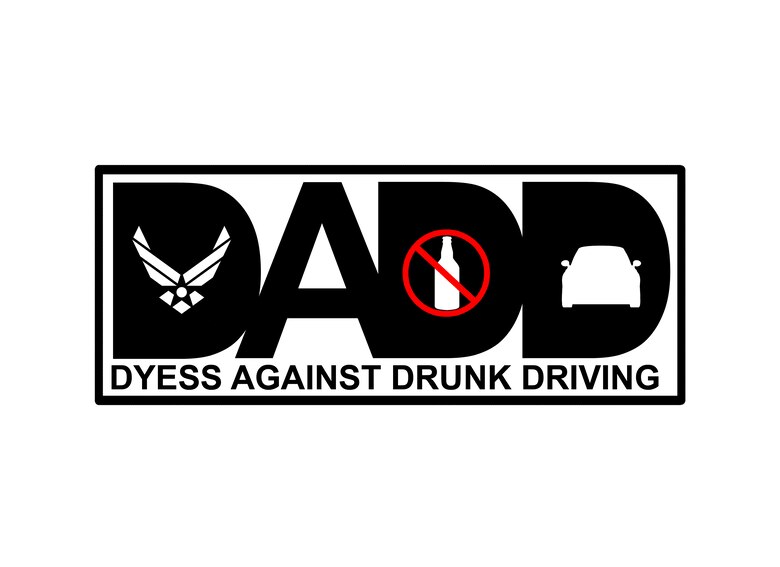Drunk driving and intoxicated driving charges are extremely major, and the law utilizes such cases to set an example. The penalties and laws surrounding such charges differ from state to state, as do the possible improvements that can increase the seriousness of the charges.
Possible DUI Classes Improvements
Potential improvements depend on numerous aspects, but the most typical types of improvements to intoxicated driving charges include operating an automobile with a BAC of 0.15% or greater, intoxicated driving with a small as a traveler, dui that causes another individual physical injury, and dui that triggers the death of another person. Listed below you will find a short description of the most common types of drunk driving charges in the United States.
Worsened DUI and DUI School Methods
An exacerbated DUI is any average DUI charge, but with improvements. See enhancement examples above. Worsened DUI charges are the very same thing as Felony DUI charges, which is the term utilized in most states. Additional exacerbated DUI offenses consist of DUI in a school zone, operating a school bus under the impact of drugs or alcohol, driving intoxicated without a legitimate license, having multiple convictions within a brief time frame, and more.
Drugged Up Driving (DUID) Lead To DUI Classes and Penalties
Alcohol is not the only compound that can cause a DUI arrest. Operating a car while under the influence of Arrange I or Arrange II drugs, whether legal or illegal, can lead to a DUID charge in the majority of states, which means "driving under the influence of drugs." A law enforcement officer can legally arrest you for a DUID charge merely based upon a reasonable suspicion that such drugs are in your system.
DUI Repurcussions
Driving under the impact of drugs or alcohol is a severe criminal activity in itself, but couple it with an accident and the charges become worse. For example, in Indiana, DUI-related mishaps are labeled as Felony DUI charges and include severe charges.
DUI Murder
When DUI mishaps end with fatalities, the charges increase to DUI manslaughter. Although the casualties in these cases are unintended, the charge still includes really severe charges in many states. DUI murder is a Level 5 Felony, which is an extremely severe charge.
Felony DUI Charges consist of Loss of License and DUI Classes
First-offense DUI charges are usually misdemeanors. But with enhancements or previous convictions, DUI charges develop into a felony extremely fast. Such aspects include multiple convictions, fatalities, existence of children, physical harm, residential or commercial property damage, and more. With the help of a hard defense attorney, felony DUI charges can often be reduced to lower felonies or misdemeanors.

Misdemeanor DUI
A normal DUI charge is a misdemeanor criminal offense, unless there are improvements included, or a person has prior DUI convictions within a certain timespan (normally 5 to ten years). Very first time DUI offenses are Class C misdemeanors, however with BAC levels greater than 0.15%, they jump to Class A misdemeanors. With the assistance of an attorney, Level 6 felony DUI's can usually be decreased to DUI misdemeanors.
Home Damage DUI
When a DUI mishap ends with property damages, the charges and fines increase dramatically. A person can expect longer prison time, harsher sentencing agreements, and extreme fines. And although these are thought about aggravated DUIs, they are not always charged as felonies. Nevertheless, if home damages are comprehensive, the charge is most likely to increase to a felony.
Underage DUI
Many states have a "per se" position on minor drinking and driving. This suggests there is a zero-tolerance rule for minor drinking. Any reclaimucounseling.com person under the age of 21, the national legal legal age, is forbidden to take in or buy alcoholic beverages. Underage drinking is a crime in itself but combined with driving and DUI charges, underage drinkers face severe charges. Standard penalties include license suspension, prison time, probation, substantial fines, social work, and diversion programs.
















